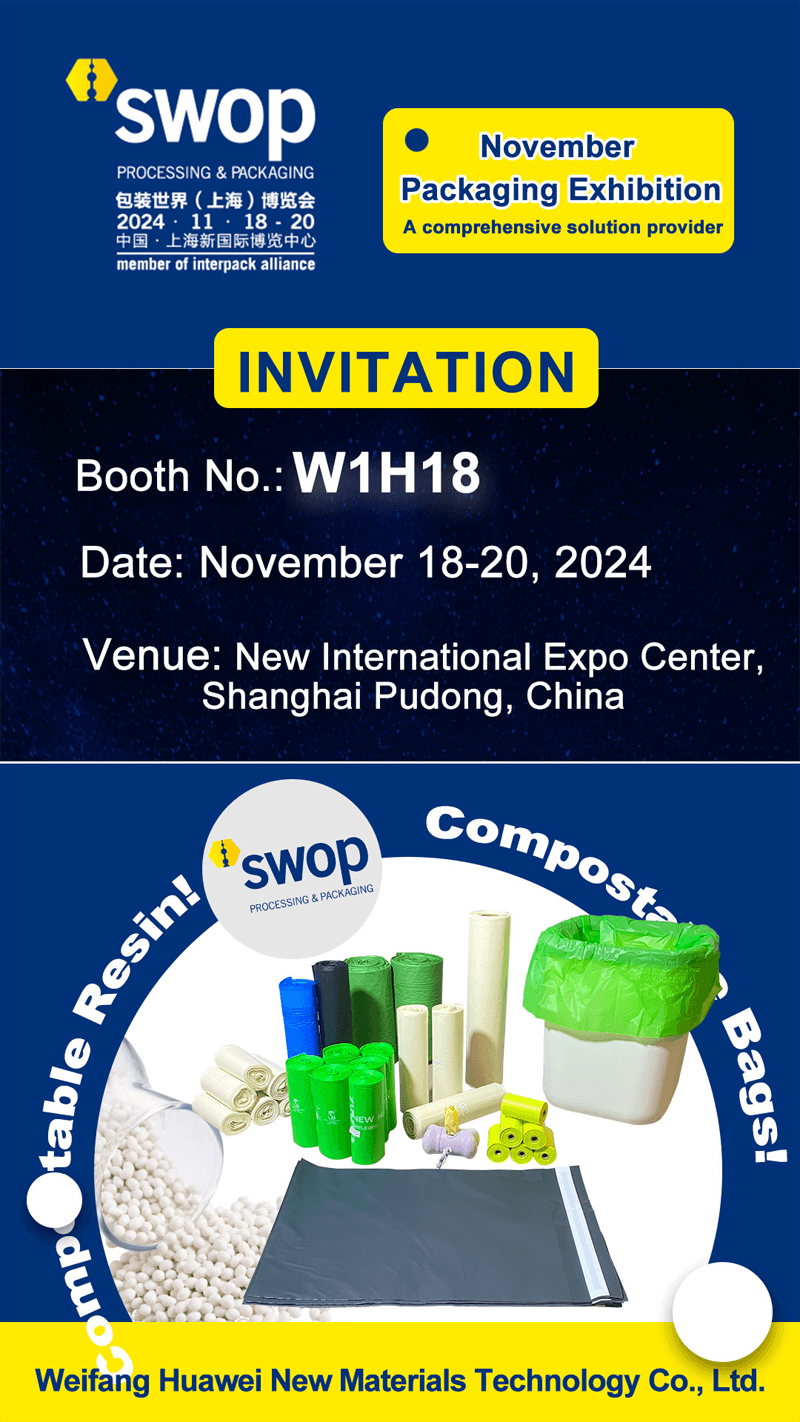Dec. 22, 2023

The Earth is our big family of humans, animals, and plants, but now it is no longer a clean and beautiful Earth. It has become riddled with wounds and bruises, crying alone. The Earth does not know how to tell the misfortunes it faces.
At present, the ecological environment is deteriorating day by day, and what affects us is water resources. Plastic products are causing damage to the ecological environment. According to relevant data reports:
Abandoned plastics bring negative visual stimuli to people, affecting the overall beauty of cities and scenic spots, damaging the city's appearance and landscape, and thus causing visual pollution. According to statistics, global plastic consumption is increasing at a rate of 8% per year, and the annual consumption of plastic will reach over 700 million tons by 2030.
"Microplastics" refer to plastic fragments and particles with a diameter less than 5 millimeters. Although they cannot be completely degraded, they gradually become smaller and become microplastics smaller than the particles. Microplastics are ubiquitous in human living environments and are distributed in water, atmosphere, and soil environments. Due to the recalcitrant nature of plastics, microplastics in these environments can persist for a long time and may enter the human body through ingestion and respiration. Moreover, microplastics have a large specific surface area and are prone to adsorbing toxic pollutants such as metals and organic matter, which can be carried into the human body, causing oxidative stress reactions and inflammation, as well as disrupting energy balance and metabolism.
The degradation of plastic products usually takes several decades to several hundred years. If plastic products remain in farmland for a long time, it will affect the absorption of water and nutrients by crops, inhibit their growth and development, and cause a reduction in crop yield. If animals accidentally consume plastic products, it can cause indigestion and even death. Plastic is also ubiquitous in the ocean, and according to statistics, at least 276 marine organisms worldwide have died from ingesting plastic waste.
Large amounts of landfill plastic waste can pollute groundwater. Due to the low density and large volume of plastic film, the landfill site will soon be filled, and the ability to handle garbage will decrease accordingly; On the other hand, due to the soft foundation of landfills, harmful substances such as bacteria and viruses in the garbage can easily seep into the ground, contaminating groundwater and endangering the surrounding environment.
Plastic incineration poses a serious threat to health, such as excessive dioxin emissions caused by polyvinyl chloride (PVC). This persistent bioaccumulated toxin can spread to the air and soil, affecting nearby flora and fauna.
The smoke and particles emitted from burning plastics and other waste can cause respiratory health problems, especially in children, the elderly, asthma patients, and patients with chronic heart or lung disease. Polychlorinated dibenzofurans and polychlorinated biphenyls are well-known carcinogens, and the metals released are known neurotoxins.

ㆍ Classify and recycle garbage;
ㆍ Avoid using disposable items such as tableware and cups;
ㆍ Avoid purchasing products with excessive packaging;
ㆍ Replacing traditional plastic bags with Biodegradable and Compostable bags will not cause environmental pollution after use.
Learn more about plastic alternatives and choose alternatives that are more environmentally friendly and suitable for oneself.
Related Products
Latest News
The “Degradable Plastic Bags” You Throw Away Are Secretly Polluting Our Homes
Degradable Bags Become Organic Fertilizer After Use Safety and Environmental Protection
The Situation Of Plastic Waste In 2025
The total consumption and per capita consumption of plastic
Celebrating the Chinese New Year-Rejecting Excessive Packaging And Plastic Waste
What Is The Difference Between Biodegradable Bags And Fully Biodegradable Plastic Bags?
The origin of plastic can be traced back to the mid-19th century.
How Biodegradable Plastic Bags Decompose Without Releasing Toxins
How Bio Plastic Bags Support Sustainable Product Manufacturing
Do Bio Plastic Bags Release Harmful Substances During Decomposition?
Does Biodegradable Plastic Bags Have an Impact on Environmental Protection
The Difference Between Fully Degradable Plastic Bags And Pseudo Degradable Plastic bags
The Difference Between Fully Degradable Plastic Bags And Pseudo Degradable Plastic bags
The Difference Between Biodegradable Mailer Bags And Traditional Mailer Bags
How Long Does It Take For Wet Garbage And Different Plastic Bags To Degrade?
Degradable Plastic Bags - What Is The Difference Between Degradable, Biodegradable And Compostable?
Current Status and Future Development Trends of Biodegradable Plastic Bag Market in 2024
Traditional Plastic Bags Have Gradually Been Replaced By Biodegradable Plastic Bags
How to Create the Perfect Packaging Field?
From November 22 to November 24, 2023, we participated in Shanghai World Of Packing.
